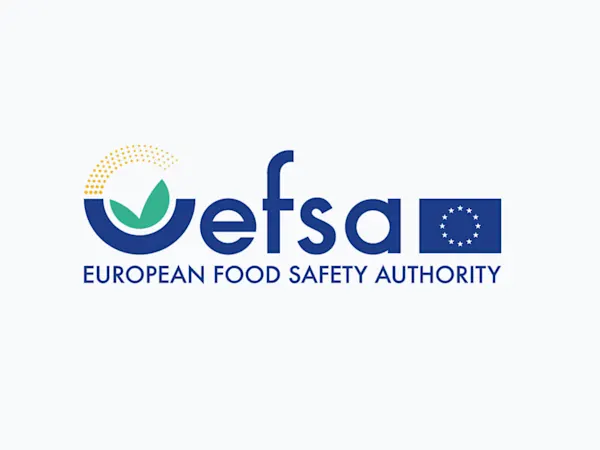Rolling List of Substances for Restriction
The updated list classifies substances into various pools based on the progress of their regulatory assessments and potential restrictions. Here's a breakdown of the key updates:
Pool 0: Substances with Intentions or Mandates for Restriction
- Formaldehyde and Formaldehyde Releasers
- Hazards: Potential occupational risks not covered by existing exposure limits.
- Uses: Various industrial and consumer applications.
- Status: Under review to address safety for professional and self-employed workers.
- Lead in Consumer Articles
- Hazards: Toxicity and environmental concerns.
- Uses: Found in a variety of consumer products.
- Status: Further restrictions not prioritised due to current alternative state of play.
- Skin Sensitisers in Consumer Mixtures
- Hazards: Risks of skin sensitisation.
- Uses: Consumer products such as cosmetics and detergents.
- Status: Investigative work has begun to evaluate potential restrictions.
Pool 1: Planned Restrictions Not Yet on the Registry of Intentions
- PVC and its Additives
- Hazards: Multiple hazard properties, including environmental and health risks.
- Uses: Widely used in construction, healthcare, electronics, automotive, and packaging industries.
- Status: Anticipated mandates to ECHA for regulatory action.
- Ortho-Phthalates (C4-C6)
- Hazards: Endocrine disruption, reproductive toxicity.
- Uses: Plastics, consumer goods, and medical devices.
- Status: Potential extension of existing restrictions to additional phthalates.
- Organophosphate Flame Retardants (OPFRs)
- Hazards: Carcinogenic, reproductive toxicity.
- Uses: Flame retardants in furniture, electronics, and building materials.
- Status: Potential restrictions pending hazard clarification and further assessment.
- Flame Retardants
- Hazards: Varied, including potential carcinogenic and environmental effects.
- Uses: Widely used in consumer products and building materials.
- Status: Mandates for investigation and potential restrictions based on findings.
- Bisphenols
- Hazards: Endocrine disruption, reproductive toxicity.
- Uses: Plastics, thermal paper, and consumer products.
- Status: Ongoing assessment to determine the need for further regulatory action.
- Hydrocarbyl Siloxanes
- Hazards: Persistent, bioaccumulative, and toxic (PBT/vPvB).
- Uses: Industrial, consumer products, and various articles.
- Status: Potential restrictions based on PBT/vPvB properties.
Substances Under Assessment with Restriction as a Potential Regulatory Management Option
- Pyrazoles
- Hazards: Reproductive toxicity and environmental persistence.
- Uses: Fertilisers and pesticides.
- Status: Under scrutiny for potential reproductive toxicity and environmental risks.
- Simple Manganese Compounds
- Hazards: Respiratory, neurotoxic, and reproductive hazards.
- Uses: Various industrial applications.
- Status: Ongoing discussions for regulatory management.
- Hydrocarbylphenols
- Hazards: Environmental endocrine disruption (ED) and PBT/vPvB.
- Uses: Industrial and consumer products.
- Status: Potential stepwise approach to restriction focusing on environmental effects.
- Petroleum Substances in Mixtures
- Hazards: Persistent, bioaccumulative, and toxic (PBT); carcinogenic, mutagenic, and reproductive toxicants (CMR).
- Uses: Industrial and consumer products.
- Status: Work ongoing to define scope and manage risks.
- Formamide
- Hazards: Reproductive toxicity.
- Uses: EVA foam products like fitness and puzzle mats.
- Status: Potential restrictions to align with toy safety standards.
- Nickel in Articles Intended to Come in Direct and Prolonged Contact with the Skin
- Hazards: Skin sensitisation.
- Uses: Jewellery, clothing accessories, and electronic devices.
- Status: Potential review of existing restrictions for improved safety.
- CMRs in Textiles
- Hazards: Carcinogenic, mutagenic, and reproductive toxicity.
- Uses: Clothing and textiles.
- Status: Regular assessments suggest expanding restrictions to additional substances.
- Tetrahydrofuran (THF) in Consumer Products
- Hazards: Carcinogenic category 2.
- Uses: Glues and adhesives used indoors by consumers.
- Status: Consideration for restriction based on German RMOA recommendations.
- Substances in Fibre Form (excluding asbestos)
- Hazards: Carcinogenic.
- Uses: Various industrial and consumer products.
- Status: Potential restrictions for materials that can release biopersistent fibre dusts.
- Phthalic Anhydrides and Hydrogenated Phthalic Anhydrides
- Hazards: Respiratory sensitisation.
- Uses: Industrial and consumer products.
The updated Restrictions Roadmap is a crucial component of the EU’s Chemicals Strategy for Sustainability. It serves as a proactive measure to identify, assess, and manage the risks posed by hazardous substances, ensuring a high level of protection for both human health and the environment. The road map will continue to evolve as new scientific data and regulatory needs emerge.








